The website ecosystem has come a long way in the last fifteen years. In the past, web developers had to create and manage websites using static HTML text files that they would upload via an FTP software application like Filezilla. Every time you wanted to create and manage a new blog post, web pages, change a banner, or make a simple adjustment, you would have to pour into a lengthy HTML file and make manual edits on a text file and re-upload that file to a web server. Not very user friendly! In other words, editing and maintaining websites was a serious pain point for webmasters across the globe, and required a technical knowledge of web programming.
Fast forward a few years, and content management systems have made the process of publishing content simpler, faster, and more accessible for everyone.
But what are content management systems? Why do they matter? And what kinds of content management systems (CMS), or software applications, are there?
So What is a CMS?
A content management system, sometimes referred to as a web content management system (WCMS), is a platform that makes editing, creating and managing online web content easy. If you currently operate a website, you may already be using a web content management system (WCMS).
Nearly 50% of websites currently use content management systems (CMS) to manage content, and almost all relatively new or recently updated websites run on a CMS.
Back in the day, website developers would use both HTML (HyperText Markup Language) and CSS (Cascading Style Sheets) to design and edit pages. CSS is used for the style elements on a page, while HTML is used for the core web page structure. Manually pouring over text files to make each granular change isn't just inefficient; it makes building a consistent, clean, and readily-updated digital presence almost impossible.
A CMS platform, especially a drag & drop CMS platform, makes managing digital content a breeze. Instead of manual pour-over, content creators can use a WYSIWYG (i.e., "what you see is what you get") user interface to create, edit and produce rich content. That means that anyone can create a website, regardless of their technical skills. Plus, business owners don't have to call up a developer every time they want to make a change to their business website.
To put that into perspective. Here's what creating a blog post used to look like:

Why Should You Use a CMS?
To put this as simply as possible, a CMS platform lets you and your company:
-
Build professional digital experiences
-
Build web pages, manage content for an entire website without development experience
-
Create multiple users to collaborate on projects
-
Instantly integrate with critical platforms (e.g., Google Analytics, Mailchimp, HubSpot, Social Media, PayPal, etc.)
-
Support your digital marketing efforts
-
Leverage best-in-class security tools
-
Maintain your site easily, often using a drag and drop interface.
Compared to typing away at an HTML file, content management systems are a radically different system, and approach, that provides more value for everyone involved in digital content creation, without requiring a high level of technical knowledge to achieve professional results.
Top Features to Look for in a CMS
There are a wide range of popular content management systems on the market. In 2005, one researcher pointed out that there were already over 1,800 CMS options on the market. In other words, you're not starved for options. But the majority of those options are low-effort and certainly feature-stripped (i.e., anyone can make a CMS, but very few can make a good platform).
Here are some of the key features you should look for when evaluating any CMS.
Security

Security is the single most significant front-of-mind feature for business owners. In 2019, cyberattacks cost business owners over $2 trillion. 43% of cyber attacks actively target small businesses, and the average small business will close its doors within 6 months of a successful attack. Finding a CMS with best-in-class security is a must. But that's easier said than done.
The single largest CMS on the planet — WordPress — also happens to be the single most vulnerable CMS on the market. In fact, WordPress accounts for over 90% of ALL hacked CMS websites, and over 70% of WordPress websites are actively vulnerable right now. In other words, many businesses are drawn to the WordPress name and scope instead of security.
Every day, 230,000 new malware samples are produced. Over 40,000 ransomware attacks happen every single day. In fact, a hacker will attack a business every 11 seconds by the end of this year. Here's where things get scary. The total cost of a successful cyberattack can be over $5 million.
Look for security first. If you don't, you'll either end up at the end of a nasty, expensive hack, or you'll be forced to shell out additional money for security components. And given that the average enterprise spends up to $2.4 million on security components, those costs can instantly outweigh the benefits of your CMS platform.
User Management

User Management is an important tool for site owners who want to make sure that only authorized users have access to the company Content Management System.
A CMS User Manager allows you to set roles, rights and permissions for multiple users, so you can control who can do what on your site.
User management functionality is an essential tool for keeping your website secure and ensuring that only authorized users can make changes to your content.
Integrations
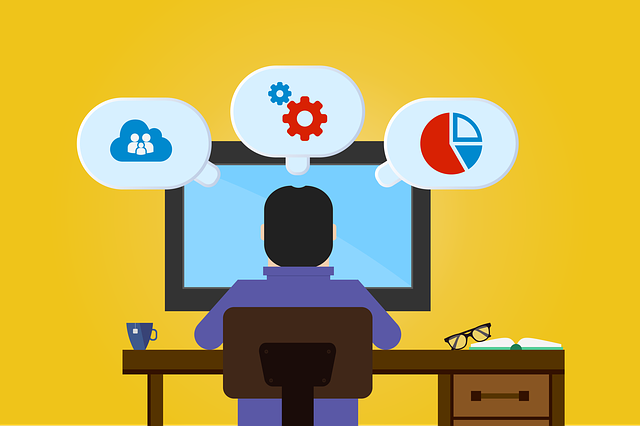
If there's one mantra that web admin should live by, it's this: integrations, NOT plugins.
Many open-source content management systems feature plugins. These are third-party components that "plugin" to your website to give you additional features. Unfortunately, they're also ripe with vulnerabilities. There are over 10,000 WordPress plugin vulnerabilities out there, and a single one of these third-party WordPress plugins can put millions of websites at risk.
Instead, you want API integrations. You need to be able to leverage the power of Mailchimp, Facebook, Instagram, HubSpot, and all of the other beautiful platforms out there, but you don't want to plug their code directly into your site. APIs let you get the benefits without all of the unnecessary risks.
Accessibility & Multilingual Capabilities

Website owners have one goal — to get their content to as many hungry customers as possible. But what if you were blocking a large chunk of your audience right out-of-the-gate? Unfortunately, many CMS options don't provide access to accessibility standards or multilingual capabilities.
Did you know that over 1 billion people currently live with a disability? Those same people spend over $500 billion annually on products and services.
Did you know that only 20% of the world's population speaks English? That's over 7 billion people that don't speak English whatsoever.
If your CMS doesn't have multilingual capabilities or comply with accessibility standards (e.g., AODA, CLF, 508, WCAG, 2AA, etc.), then you're potentially losing out on billions of customers. That's a big deal!
SEO
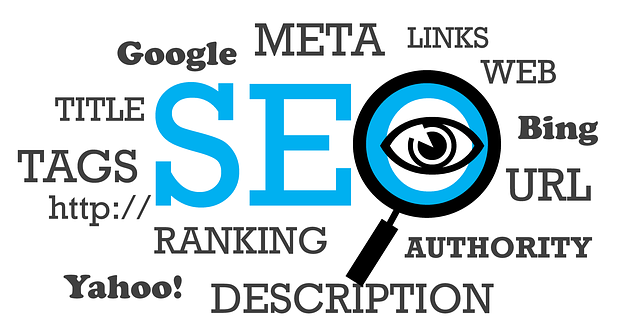
Search engine optimization (SEO) is the process of getting traffic from search engines like Google. Given that 93% of online experiences start on search engines, SEO is a pretty big deal.
Again, there's a big difference between built-in SEO and plugin-enabled SEO. Content management systems like WordPress, Joomla, and Drupal offer plugin-based SEO capabilities. In other words, SEO isn't built into the architecture of the platform — you have to use third-party plugins to enable your website's SEO. These SEO plug-ins are under constant attack by hackers. A successful hack can damage month, perhaps years, of SEO work and potentially result in your site being blacklisted by Google.
Instead, look for content management systems that have built-in SEO capabilities that work without plugins. It will save you time, headaches, and plenty of vulnerability gateways.
Social Media Integration

Social media is a vital tool for staying connected with your customer; sharing important news and experiences, and building relationships. It's also an incredibly powerful marketing tool that can be used to connect with potential and current customers, promote your brand, and drive sales via your website.
When used effectively, social media can help you achieve your business goals by increasing brand awareness, generating leads, and boosting sales.
Drag & Drop + WYSIWYG Editor
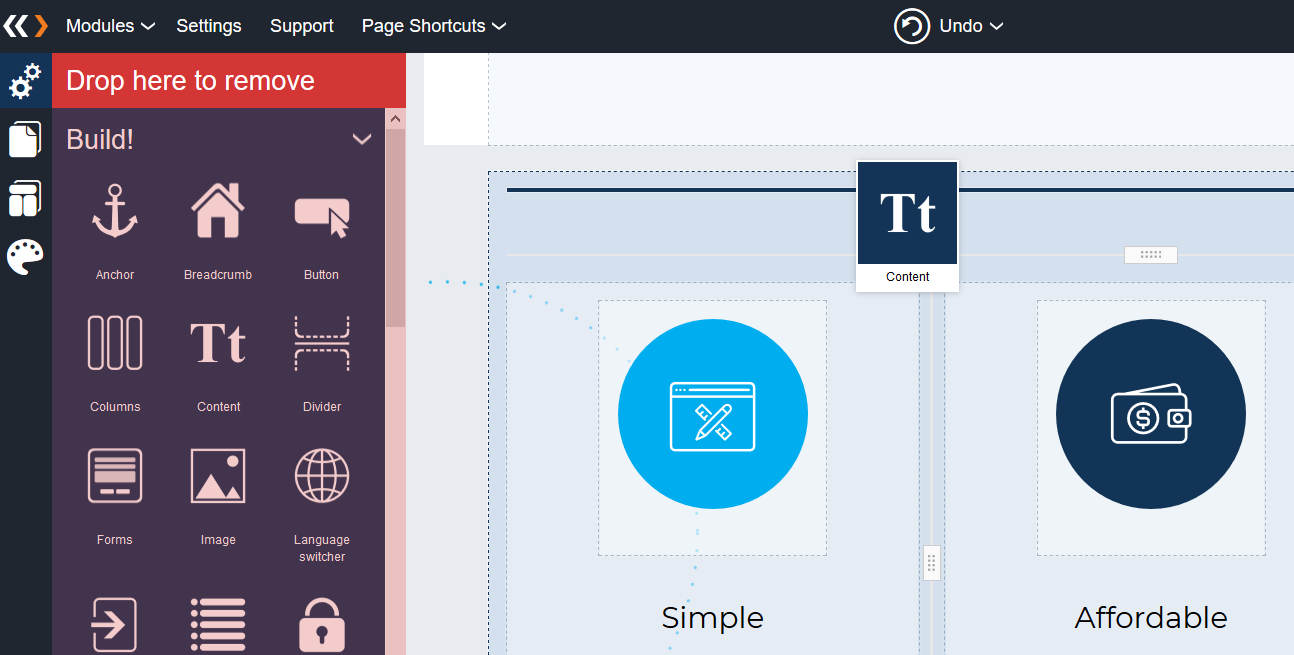
The primary benefit of content management systems is that you don't have to dive into code to make site changes, or content creation. But that doesn't mean that every CMS makes changing your content easy. You want a WYSIWYG (What You See is What You Get) editor.
Want to drag a page element across your website? You should be able to drag and drop the elements you need anywhere on the web page with ease.
Blog Posts (a.k.a. Blogging)

If you're looking for a way to improve communication and collaboration, a blog may be the perfect solution.
Blog posts can be used for sharing articles, corporate announcements, project updates, or any other type of information. It's a great way to keep everyone in the loop, and it can also be used as a teaching and learning tool.
In addition, a blog can be a great way to build rapport with customers and clients. By providing valuable information and engaging with your audience, you can create trusting relationships that will last long after the initial sale.
Email Marketing

Email is a great way to stay in touch with your customers and promote your business's products or services. It's one of the most effective forms of direct marketing, and allows you to reach a large audience quickly and easily.
With email marketing, you can send out newsletters, special offers, and other promotional materials to your customers. You can even use it to target specific groups of people, such as those who live in a certain area or who have made a purchase from your company before.
Most popular CMS platforms have integrations with leading email broadcasting companies such as MailChimp and Constant contact.
Templates
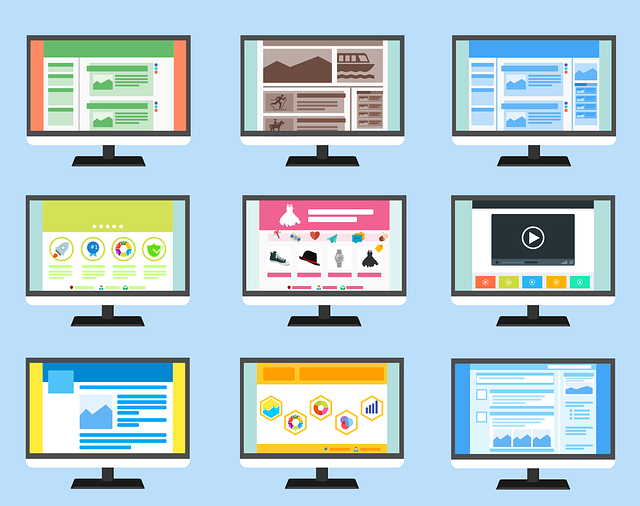
A website template is a pre-designed webpage layout that you can use to create your own site.
Website templates are a great way to get a well-designed website up and running quickly and easily. Simply drag and drop elements like image blocks, photo or video galleries, blog modules, layout modules and more into the template to make look and feel just the way you want. Plus, by today's standards most website templates are responsive, meaning they will look great on mobile devices as well as desktop computers.
So whether you're looking for a simple yet professional website for your business or a more creative and unique website for your personal brand, website templates are a great option.
Ecommerce
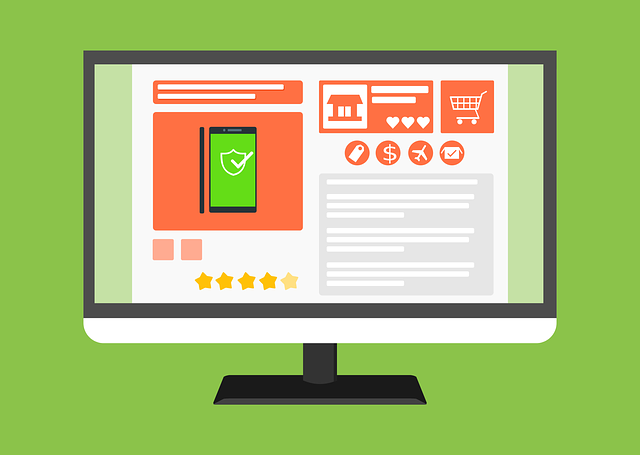
If you're looking to start or grow an online business, ecommerce is the way to go. With ecommerce, you can reach a global audience of potential customers with the click of a button. Whether you're selling products, services, or digital goods, an online store provides a convenient and easy way for customers to purchase your goods and services.
There are many benefits to setting up an online store, including the ability to reach a larger audience, the ability to sell 24/7, and lower overhead costs. If you're ready to take your business online, ecommerce is the perfect solution.
Common Types of Popular Content Management Systems
With so many options on the market, it can be hard to make a choice (even after you consider the benefits). Don't worry. We'll help you break it down. Let's go over the CMS software or platform "types."
Software
There are two primary methods of software delivery that popular content management systems can use:
-
Open Source CMS
-
With open-source content management systems, the source code of the CMS is generally available to the public. There are some pros and cons to this.
-
For starters, while open-source content management systems make it easy to change the source code, they're also intrinsically less secure than closed-source options. When hackers get free reign to dig around in the source code, they can come up with savvy attack vectors.
-
While, open-source content management systems have the added benefit of community advancement, that same community quickly becomes the greatest source of risks — such as varying code quality, inconsistent updates and confusing architecture.
-
Is Open Source Software Really Free?
-
Popular free open source CMS offerings include WordPress, Drupal, Joomla and Magento. But is anything is live really free? Not usually!
-
While open source software is free, you require technical knowledge to work with and support the software; lacking that knowledge you will pay experienced technical development and support fees for web hosting, development and even managing content. Be prepared to spend, or pay for, at least 8 hours per month to ensure your open source website is up-to-date.
-
Yes, open source software itself is free. However, experienced developers are not free! Third party support is not free! Keeping your site up to date is not free, unless your prepared to roll up your sleeves and learn or do it yourself.
-
-
Closed-source
-
With closed-source content management systems (a.k.a. "proprietary systems"), the source code is kept private.
-
While developers aren't able to poke around in the source code, the overall system architecture is generally more secure and handled as a well-guarded secret.
-
A closed source CMS is a great choice for businesses that want complete control over managing content, without the responsibility of managing the web hosting servers, or software.
-
With a closed source CMS, only the product company developers have access to the source code, so you can be sure that your site will stay secure.
-
Additionally, closed source CMSs require paid upkeep to maintain, so you can be confident that the underlying platform software will always be up-to-date.
-
Delivery Method
There are also a few different ways that the CMS software can be delivered to the end-user.
-
On-premise (self-managed) CMS software
-
This is when the CMS is installed on your physical servers on-premise at your business location. You can also refer to this method as self hosted.
-
Under the self hosted approach you're responsible for support, updates, installations, and hosting.
-
-
Hosted (self-managed) CMS software application
-
This is when the CMS is installed on an off site server that you still manage. An excellent example of this is WordPress.org.
-
You can install WordPress on your website host, but you're still responsible for support and managing all of the updates, etc.
-
-
Hosted (fully-managed) CMS platforms
-
This is when the CMS is installed on an off-site server that's fully-managed.
-
An excellent example of this is WordPress.com. The CMS is updated and managed for you, and you typically get support, but it's still hosted on a server that you have access to.
-
-
Software-as-a-Service (SaaS) CMS platforms
-
This is when the CMS is centrally hosted by a provider. SaaS, or cloud based, CMS solutions are typically fully-managed for customers, and provided on a licensed basis. In this system, you're only responsible for a licensing fee — the Software-as-a-Service (SaaS) provider handles everything else.
-
QuickSilk is a SaaS CMS provider. We handle everything from technical support, product support, security, web hosting and software updates. You're only responsible for creating content.
-
Popular CMS Platforms
Finally, there are a few different types of content management systems as far as usage is concerned.
-
Website Builder
-
A Website builder is a simple to use tool that allow you to build websites, even an online store, without writing any code. Website builders, however, lack the enterprise features needed to be classified as CMS platforms.
-
-
Component Content Management System (CCMS)
-
Component content management systems help organize content at the granular level. So, a component content management system helps organize photos, words, and other small bits of content. Then, the CCMS organizes this content using metatags to make it easily searchable. These are generally used at large organizations as an internal searching tool.
-
-
Document Management System (DMS)
-
Document management systems help organizations store and track documents in the cloud. Again, these are incredibly useful, but only for internal document searching and categorization — not outward customers.
-
-
Enterprise Content Management System (ECM)
-
Enterprise content management systems are a little more complex. They help organizations capture, analyze, distribute, store, and utilize content effectively across their content pipeline. These systems are massive in scope and almost exclusively used internally.
-
-
Website Content Management System (WCMS)
-
A WCMS is a type of content management system (CMS) that provides users with an easy way to create and manage digital content on a website, without any prior knowledge of web programming or markup languages. With a WCMS, you can easily add, edit, and delete content on your website as needed, without having to rely on a web developer to make changes for you. There are many different WCMS platforms available on the market today, so it's important to choose one that will meet your specific needs.
-
-
Content Delivery Application (CDA)
-
The Content Delivery Application (CDA) is responsible for taking content from the Content Management System (CMS) repository and displaying it to web site users. The CDA uses metacontent, which are brief descriptions of the content components, to help users find the information they need. The CDA also helps to keep the website organized and up-to-date by constantly checking for new content in the CMS repository.
-
-
Headless CMS Platform
-
If you're looking for a content management system that provides flexibility and power, then a headless CMS is a great option. With a headless CMS, you can manage your content via an API and display it on any device, with or without a built-in front-end or presentation layer. This makes it easy to create custom integrations and experiences for your audience, plus you can easily scale as your needs change. So if you're looking for a robust, flexible content management system (CMS), this option is definitely worth considering.
A content management application (CMA), new or existing, provides the front end component of a headless content management system (CMS). It is used to manage the content of websites and digital applications. A CMA allows users to create, edit, and publish content. It also provides tools for managing workflows and collaborating on projects. A CMA is typically used by web developers, content editors, and marketers.
-
-
Digital Asset Management System (DAM)
-
Digital asset management systems are like ECM systems, but they're used for outward-facing content. So, these systems help you capture, analyze, distribute, store, and utilize content effectively for clients. Again, this is really for massive enterprises.
-
Are You Looking for the Perfect Content Management System (CMS) For Your Needs?
There is no "best CMS". The best CMS is a solution that best meets your business needs.
At QuickSilk, we understand the value of your website for your business. It's the 24/7 sales-and-marketing machine that helps fuel your business and drive customers into your pipeline.
We believe that your CMS should enable you to do more, create smarter, and embrace the digital age — not disable you and open your website up to vulnerabilities.
Do you want a enterprise level CMS that checks all the boxes? Contact us! We'll be happy to answer any questions you may have.

